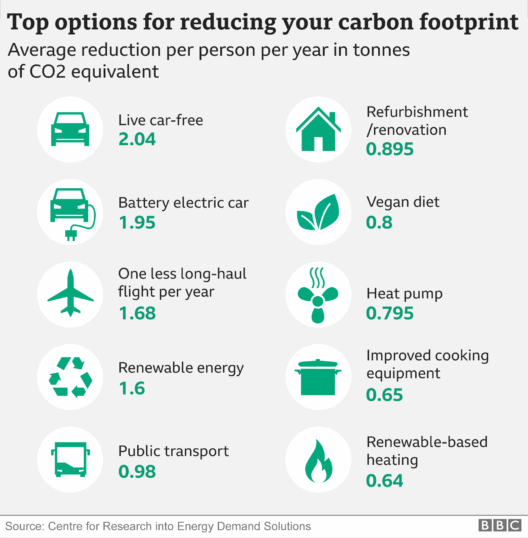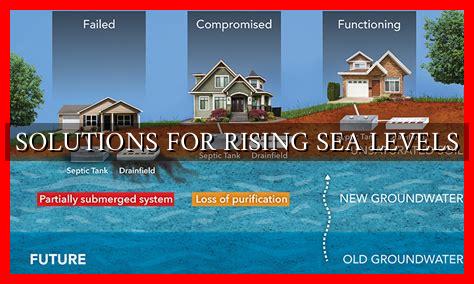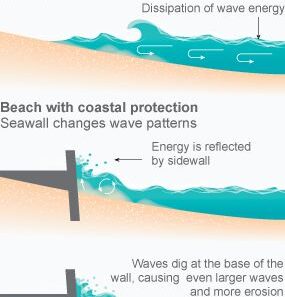Rising sea levels represent a formidable challenge to coastal communities worldwide. As glaciers melt and oceans warm, the incremental encroachment of water poses threats that extend beyond mere geography. The urgency of understanding these risks cannot be overstated; they encompass social, economic, and environmental dimensions that will shape the future of our coastal cities. This article explores the multifaceted impacts of rising sea levels, illuminating how they threaten the vitality of vulnerable coastal areas and proposing a shift in perspective towards this pressing issue.
Coastal ecosystems are both intricate and fragile. They serve as critical buffers against environmental disturbances, protect diverse wildlife habitats, and anchor local economies through tourism and fishing. However, as the tide rises, these ecosystems face an existential threat. Understanding the consequences of this phenomenon requires a careful examination of several critical aspects.
The most immediate concern is the physical inundation of land. Low-lying areas, particularly those with effective drainage systems and natural barriers, are especially susceptible. Flooding, once a seasonal inconvenience, becomes a permanent reality. Communities that have thrived on coastal plains risk losing their homes, infrastructure, and livelihoods. As saltwater intrudes into freshwater systems, drinking water supplies become compromised, leading to severe public health challenges and stressing local resources.
In addition to the direct impacts of flooding, the psychological toll on affected populations warrants consideration. Displacement can strain community bonds, engendering a sense of loss and nostalgia for identities closely tied to specific locales. As neighborhoods are absorbed by advancing waters, citizens must grapple not only with the loss of property but also with the severance of cultural ties. Rebuilding efforts may never truly restore the past. This disjunction can lead to increased mental health issues, increased anxiety, and social instability.
Transitioning from the social to the economic ramifications, it is imperative to acknowledge that rising sea levels threaten the livelihoods of millions. Coastal cities are often hubs of commerce; they boast shipping ports, fishing industries, and tourism. However, the destruction of these economic engines can lead to widespread unemployment and economic disinvestment. Property values will likely plummet in areas deemed at-risk, resulting in significant financial losses for residents and investors alike. The economic fallout may extend far beyond local borders, sparking regional and even global implications affecting trade and supply chains.
Insurance markets are also becoming increasingly volatile as risks associated with flooding and damage escalate. Prices may surge, and coverage may become unattainable for many homeowners and businesses. When financial protection wanes, communities may find themselves unable to bounce back after flood events, entrenching poverty cycles and inequities among socioeconomically vulnerable populations.
Your community’s infrastructure is under a constant threat of degradation due to rising sea levels. Roads, bridges, and utilities—essential components of urban living—experience accelerated wear and tear from increased exposure to seawater. Not only is the monetary cost of repairing or replacing these structures immense, but also the disruption caused by such maintenance can hinder daily life and economic activities. Furthermore, a lack of foresight in planning can amplify vulnerabilities. A reactive approach to infrastructure, rather than a proactive strategy, leaves communities unprepared to address the inevitability of coastal erosion and flooding.
Adapting to rising sea levels demands creative and sustainable solutions, emphasizing resilience over mere restoration. One of the most effective measures is the implementation of nature-based solutions. Restoring wetlands, for instance, can act as a natural barrier against storm surges while simultaneously providing habitat for wildlife and recreational opportunities for communities. Coastal forests, such as mangroves, also serve critical functions, stabilizing soil and reducing wave energy impact during severe weather events.
Urban planning must also evolve in response to this imminent reality. Restricting development in the most vulnerable areas, safeguarding critical infrastructure, and facilitating the strategic retreat from high-risk zones are all strategies that must be considered. Community engagement and decision-making must become more inclusive to account for diverse perspectives and foster collaboration among stakeholders.
Public awareness campaigns are essential to promote understanding of the risks associated with rising sea levels. Incorporating educational programs into local school curricula can help the younger generation comprehend the climate crisis and inspire proactive engagement. Improved coastal management policies—founded on scientific research and hazard assessments—can help decision-makers prioritize resilience investments that protect communities.
As we step into this new era of environmental awareness and climate adaptation, the need for proactive measures becomes increasingly clear. Rising sea levels are not just an environmental issue; they encapsulate a tapestry of societal, economic, and ethical challenges that require immediate and coordinated action. The onus lies on governments, communities, and individuals to rise to this challenge, ensuring that coastal areas can continue to thrive while adapting to the inevitable transformations brought about by our changing planet. Only then can we hope to safeguard the legacies of coastal communities for generations to come.








